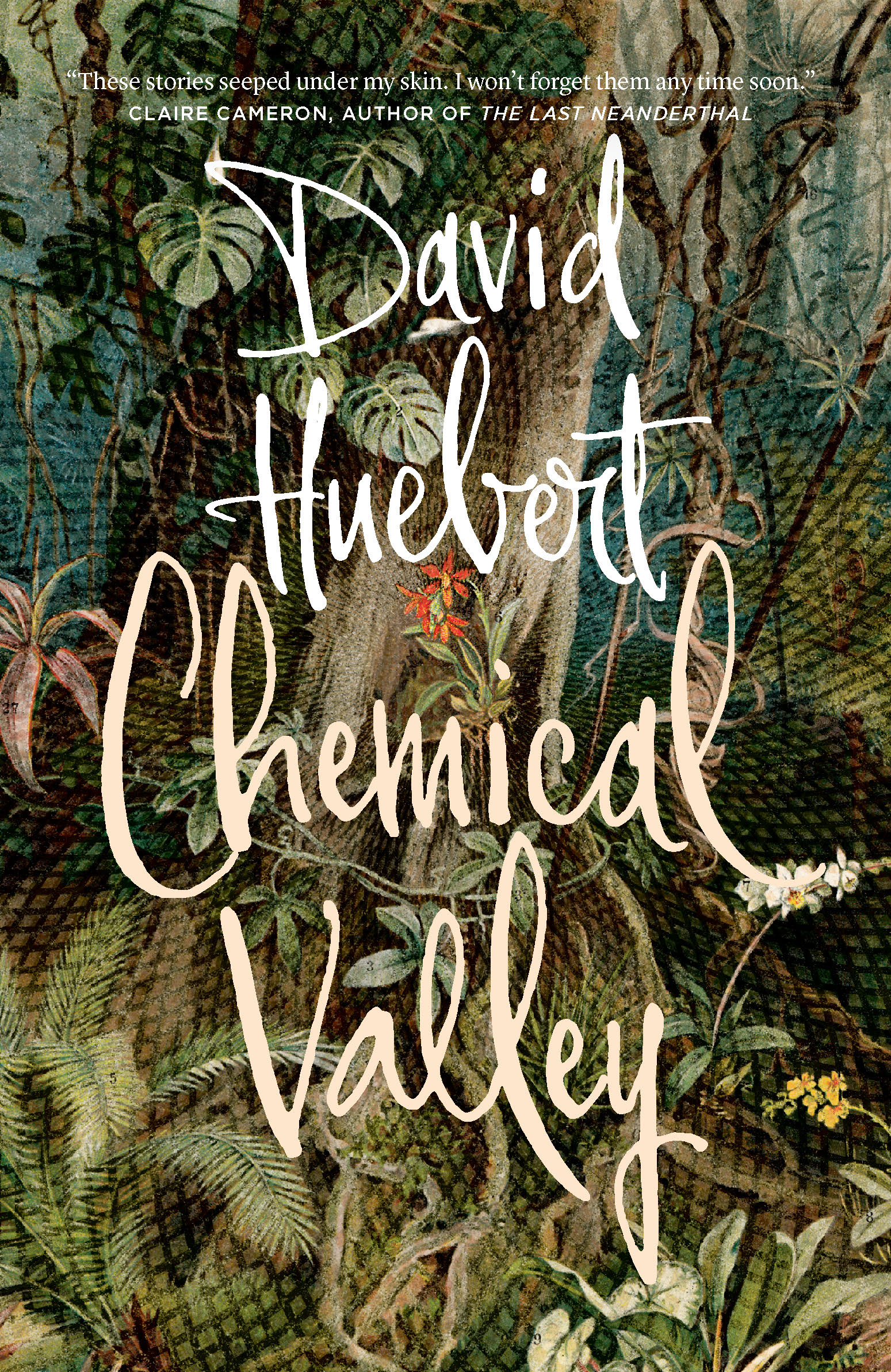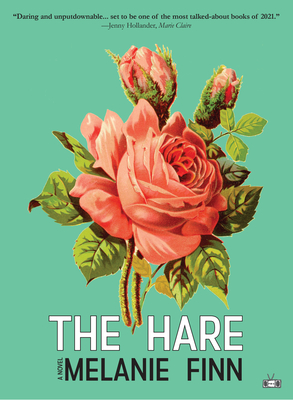I have known the writer Douglas Glover for the better part of a decade. He was one of my advisors during my MFA program at Vermont College of Fine Arts, and I later worked as an editor at Glover’s online journal, Numéro Cinq, which ended its run in 2017. In both experiences, I was always in awe of Douglas’ ability to pluck specific literary references from the recesses of his mind, in addition to his encyclopedic knowledge of writing moves and devices. The man is scary smart, and the skills I gained from my time as his pupil continue to propel not only my personal writing, but also the work of my students, who hear me speak of Glover’s “but-construction” technique (among others) on a regular basis.
Recently, Biblioasis published Glover’s latest book, The Erotics of Restraint: Essays on Literary Form. Over nine essays, Glover dissects the work of Alice Munro, Albert Camus, David Helwig, E. Annie Proulx, and others to create, as his publisher suggests, a “long and deeply personal conversation with great books and their authors.” The collection is a fascinating journey through literature, philosophy, form, and the connection we all feel when we encounter incredible writing.
Douglas Glover is the author of five story collections, four novels, three books of essays, and The Enamoured Knight, a book about Don Quixote and novel form. In 2007, he was given the Writers’ Trust of Canada Timothy Findley Award for an author in mid-career. His novel Elle won the 2003 Governor-General’s Award for Fiction and was a finalist for the International IMPAC Dublin Literary Award. It was adapted for the stage by Severn Thompson and premiered at Theatre Passe Muraille in 2016. His short fiction has appeared in Best Canadian Stories and The Best American Short Stories. He edited the annual Best Canadian Stories from 1996 to 2006. Glover was also the publisher and editor of the monthly magazine Numéro Cinq from 2010 to 2017.
Interview:
Benjamin Woodard: Reading The Erotics of Restraint has me wondering about time and process. What makes a piece of writing worth exploring in an essay? And once the decision is made, how long does it take for you to parse the novel or story to where you feel as if you’re ready to write about it?
 Douglas Glover: There is never a single reason for writing about a book, just as there isn’t a single reason for reading one. But mostly I am curious, and I am teaching myself how books are made because that’s my way of living in the world, through books. Every book that I end up writing about possesses a density of formal elaboration that gives me something to grapple with. It will demand the sort of reading that eventuates in writing, the sort of deep reading that requires notes, cross-references, running commentaries not on the themes but on the recursive structures, a reading that entails extramural research into the author, the historical moment, the flow of literary fashion and invention. I get to the point where I remind myself of Borges’s fictional character Pierre Menard who undertakes to recreate the mind of Cervantes (you’ll recall that I wrote a book about Don Quixote).
Douglas Glover: There is never a single reason for writing about a book, just as there isn’t a single reason for reading one. But mostly I am curious, and I am teaching myself how books are made because that’s my way of living in the world, through books. Every book that I end up writing about possesses a density of formal elaboration that gives me something to grapple with. It will demand the sort of reading that eventuates in writing, the sort of deep reading that requires notes, cross-references, running commentaries not on the themes but on the recursive structures, a reading that entails extramural research into the author, the historical moment, the flow of literary fashion and invention. I get to the point where I remind myself of Borges’s fictional character Pierre Menard who undertakes to recreate the mind of Cervantes (you’ll recall that I wrote a book about Don Quixote).
It doesn’t matter if I particularly like the book—liking or disliking is a superficial response, and you often begin by disliking unfamiliar and difficult things before you fall in love with the form—or if fits into this or that school, or if it’s trendy or commercial or wildly out of fashion; Witold Gombrowicz’s experimental fiction requires the same mental effort as Alice Munro or Jane Austen, and that effort is its own reward; comprehending a difficult piece of writing, revealing the grace of a complex system, is a secular satori, a moment of enlightenment when the world seems rational and rich with color and possibility. Sometimes this takes years of persistent rereading to achieve. But rereading alone doesn’t get you there; writing an essay about a book is its own form of thought and the last, most demanding stage of coming to understanding. It’s as if I hadn’t really read the work until I wrote the essay.
I’m glad you mentioned the essay on Gombrowicz’s Cosmos, for I was unfamiliar with his work prior to reading your book. I now have a copy of Cosmos on order thanks to your dissection of the narrative.
In compiling a collection of essays on literary form, are you conscious of the end reader’s taste in literature, and do you include a variety of sample texts in order to reach as many eyes as possible?
No, I am not thinking of audience at all. I am thinking, in the first instance, for myself. I include a variety of styles, schools, and periods to indicate that if you are a Formalist, if you understand how literature works as a structure of structures, then styles, schools, and periods are of secondary relevance. Jane Austen and Witold Gombrowicz use the same devices; they are both writing novels. They deploy irony in much the same way. You can follow the image patterns in each, and the thematic memes. But the ways that they differ are highly instructive. Austen’s characters think they are alive in the world, acting of their own free will. The formal elaborations of repetition, imagery, plot, and theme are for the reader. Whereas Gombrowicz’s hero is dimly aware that he is in a novel; the forms, the image patterns, affect him. Gombrowicz’s irony extends to form; that’s an axiom of experimentalism. Austen pretends she doesn’t control her characters; Gombrowicz’s characters are inside a comic horror show of structures determined by an unseen hand.
There are multiple essays within the collection that feature concepts of your own invention. In “Anatomy of the Short Story,” you introduce homologies, defined as “parallel—rhyming—actions,” and (as you just mentioned) memes, which are “repeated texts and tags.” In “The Art of Necessity: Time Control in Narrative Prose,” you coin the Theory of Globs, which refers to the large chunks of text that appear between major time shifts in a story. I imagine these are concepts that have not been previously noticed. Can you talk about these discoveries, perhaps in association with the act of noticing while reading?
Taxonomy is one of those universal thought processes that come into play when you read. We understand the world by identifying things and sorting them into piles, and then those piles get sorted into smaller or larger piles. Repetition or rhyme is the basis of artistic structure, but when you start to identify the different sorts of repetition, you notice that they can usefully be arranged in broad categories.
For example, repeated actions. I first began to see this years ago with plot and subplot where more often than not the action of the subplot recapitulates the action of the main plot with different characters, different amounts of text, and perhaps a different tone. Then I noticed the device of the pre-story where the main plot action is announced ahead of time by a preliminary anecdote that has the same action as the main plot. I realized also that you can describe a plot as the same action (a particular conflict) happening again and again as it reaches toward a climax. These readings are the basis of the concept of homology, repeated or parallel actions, under which there are all these specific types of repeated action (there are more than I have suggested here).
I invent my own terms to preserve the freshness and surprise of discovery. The disciplines of narratology and rhetoric have their own taxonomies, which I admire and study, but no one else’s nomenclature fits my experience of a text. Also, of course, I want to differentiate my analyses from the received wisdom of popular journalistic criticism and the MFA workshop.
You mention my whimsically named Theory of Globs (it should be obvious that all this is fun for me). I invented the concept of globs because I could not make the received wisdom about scene and summary work when I was analyzing (reading) a text. More often than not, writers run a mix of full-blown scenes, scenes snippets, scene summaries, and stray bits of dialogue torn from a scene, or they break up a scene with a chunk of backfill, or they deploy a running scene that keeps returning through multiple interruptions. They will also insist on threading of summary, reflection, or backfill inside scenes, which makes a mess of the scene-summary distinction but tends to the beauty of verbal excitement. So I looked carefully and long at what was actually going on in narrative and came up with an alternative. Globs turn out to be key to understanding the relationship between narrative and time; what I call time switches and globbing lines are essential analytic tools when I read a text.
The title of the collection refers to the essay “The Erotics of Restraint, or the Angel in the Novel: Jane Austen’s Mansfield Park.” In this essay, you state that Austen’s novel has been “gnawing” at you for more than twenty years. Can you talk about tackling a novel that has wormed its way into your mind for such a long period? And did completing this essay act as a kind of exorcism, or does the book continue to gnaw?
I first taught Mansfield Park in the ’90s to a class at Skidmore College. I wanted to grapple with an Austen novel, and I picked Mansfield Park because it’s an outlier, an imperfect and puzzling romance. Life would have been easier if I’d stuck to Emma or Pride and Prejudice, but I would not have learned as much. My first reading is still in my head; the heroine is sanctimonious and restrained; the pages come alive only when the villains step on stage (I still think I’d rather spend an evening with the Crawfords than with anyone else in the novel); on first read, I liked the bad people and could not figure out why Austen was so down on them. This is how you react to things you don’t understand, the first response. You know how today we lionize First Responders: in literature, it’s the opposite—first responses are invariably wrong.
Rereading means coming to grips with the form and the various patterns, which contain their own message, against the initial consternation. It also means looking at the book, plot and themes, as a writing problem Austen tried to solve. In this case, the patterns (of religious iconography), the puns on the verb “to act,” and key thematic passages about inner principle showed me that instead of writing a conventional romance, Austen had written a novel of religious and moral testing, with a strangely apophatic structure. Fanny Price demonstrates how to act morally by not acting. That’s the heart of the book.
But when you analyze a great book, there is always a tail, a residuum, something that niggles and is left over. The slaves always bothered me. The Bertram family owns slaves and a plantation on Antigua. Slaves are the source of their wealth and comfort. Fanny Price mentions the slave trade once in conversation but is met with silence. In keeping with the apophatic nature of the novel, one is tempted to read an anti-slavery riff into that silence. And perhaps Austen meant that. But good Lord, she then allows her little saint Fanny to marry into the slave-owning Bertram family and live happily ever after on the proceeds.
Mulling this over, I was reminded of an old family story my mother used to tell, how my great-great-great-grandfather, a Scot who owned slaves and plantations in Grenada, had come to Canada after the emancipation of West Indian slaves in 1834. We have furniture he brought with him in the house where I grew up. Suddenly, it occurred that I had been raised in a Jane Austen novel, that what bothered me about Mansfield Park was precisely what had bothered me about those family stories. That’s where I am today, still thinking about Mansfield Park, only now it’s bled into my own life and I am writing a book about those slave-owning ancestors and what I call the Mansfield Park Syndrome, the ability to live nice bourgeois lives with the fact and memory of slavery.
The Erotics of Restraint is a book of essays that focus on reading and form, yet the art of this manner of essay writing is often overlooked. I’m curious if you can talk a bit about the style and structural decisions that go into this kind of writing, perhaps in relation to both you and your subject matter?
I love the essay form; it’s a way of thinking, a form of thought, just as, say, the aphorism is a form of thought. You don’t have the thought before you write the essay; you might have an inkling, a thread, forethought, a text (like a sermon has a text), but the complete thought doesn’t exist until you have written a coherent, staged, unified essay. Each step in the structure is a discovery, beginning with an accurate description and synopsis of the work you’re writing about; the pay-off, the ending, comes when you reach a poetic and summative moment of clarity that washes back over the whole: for example, at the end of the Camus essay, we find the mystery of the spring, the source in French, with the Arab waiting to be killed; and at the end of the David Helwig essay, we achieve a flash of grandeur in the capstone metaphor of the bourgeois and the arsonist. These are thoughts I arrived at in writing the essays; I did not write toward a preconceived conclusion (I am not an introduction-body-conclusion kind of writer).
At the same time, an essay is an anti-form in relation to large forms like books. The essay is not a book; relative to a book, it is more like a fragment. I think of essays as extended aphorisms where form opens itself to fresh content. Nietzsche wrote in aphorisms; he called them Versuche, trials, experiments. Essay as a verb means to try, to test, even to practice. An essay leans to informality, play, explosiveness, surprise, and intuition while I book tends to expansion, supporting materials, and the accumulation of evidence; one is a legal case, the other is a poem.
But just because it’s intuitive doesn’t mean an essay lacks rigor. It demands a rigor from which you can make leaps. The rigor is in the reading (of the text you are writing about). My essays are grounded in a precise description and summary of the work in hand; you can see this even in The Enamoured Knight, my extended essay about Don Quixote (I resist calling it a book). Then the form is analyzed into subforms, devices, or grammars. I give descriptions, definitions, and example after example; this is not tedious but exciting, like collecting butterflies, and a direct conduit into the mind of the author. The accumulation of observations, insights, and connections creates its own gravity, pulling you deeper and deeper into the secret places where form and theme fuse.
Speaking of rigor, at a recent lunch, a colleague spoke to the idea that, in order to write about an author’s style, one has to first consume all of his or her work. Where do you stand on this concept? Does one have to read every word in order to understand an author’s style?
Good Lord! If I had listened to your colleague, I’d never have written a word. That kind of totalizing sentiment is alien to me. I read and I think. I don’t invent rules about it or set up standards for other readers. The kind of thinking I do is pretty much always based on a single work, though sometimes references to other works by the author or even other critics can be illuminating. But I have enough to do just figuring out how one story or one novel functions without having to read everything else first. Remember, I am a writer, an artist, not an academic critic for whom the literature review is a necessary component of argument. I don’t set myself up in that camp, though I have a good deal of respect for it. On a certain level, I am reading my way through books in order to master the forms for my own use. I’m not writing a dissertation; I am a barbarian on a pillaging expedition. That’s how artists work.







